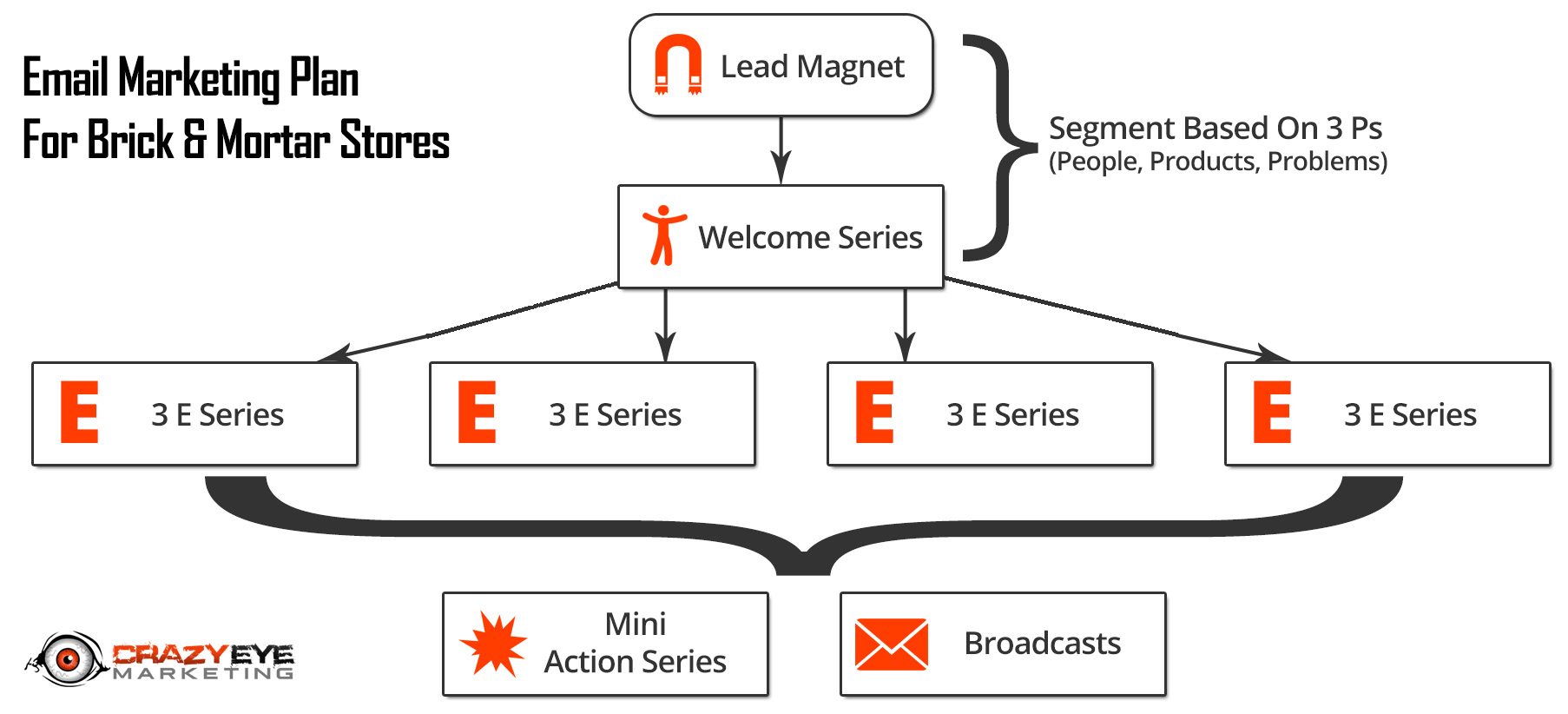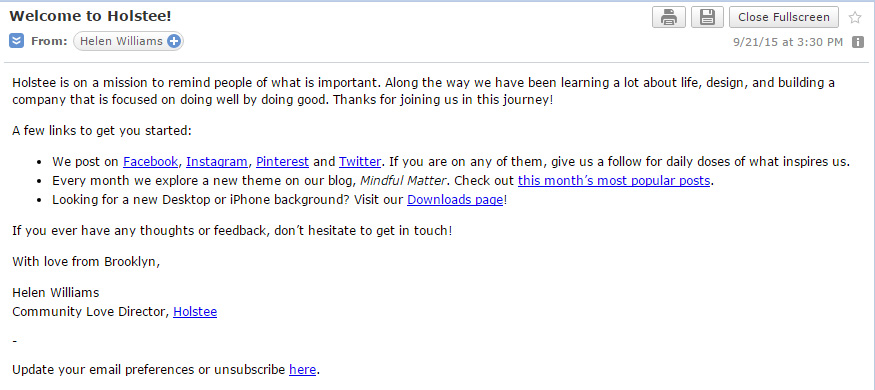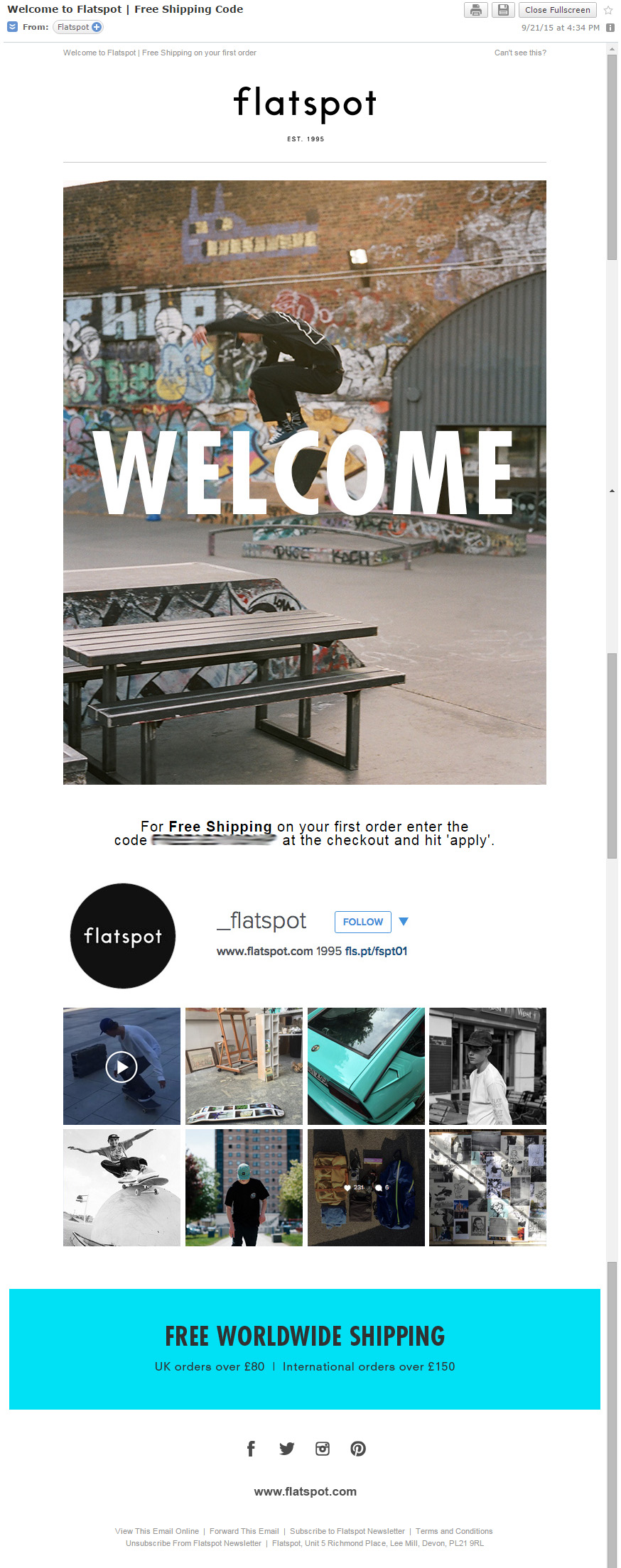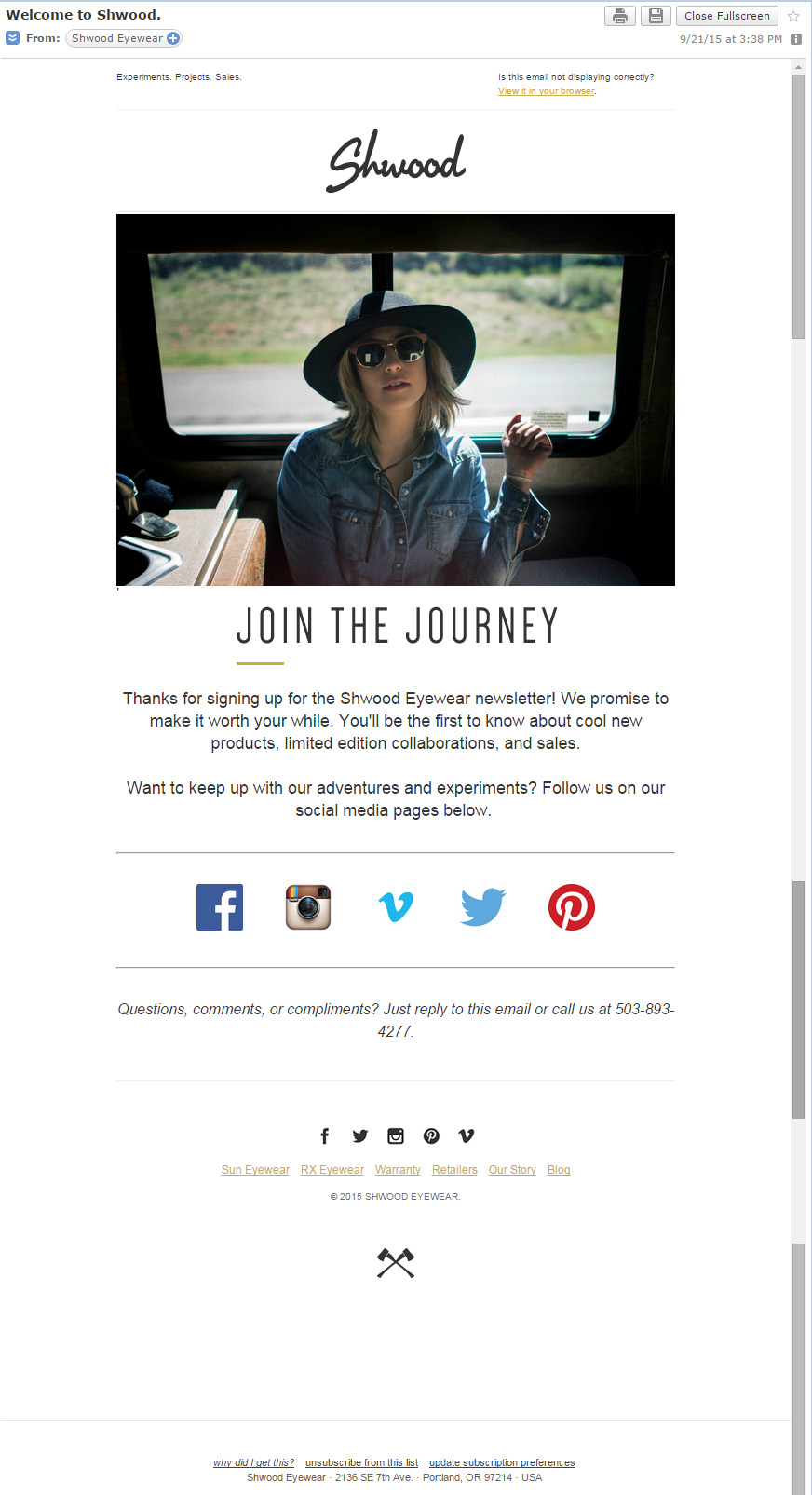Sales Funnel vs. Sales System
It can be confusing.
You've finally got a grasp on what a “Sales Funnel” is – it converts a member of your target audience into a paying customer …
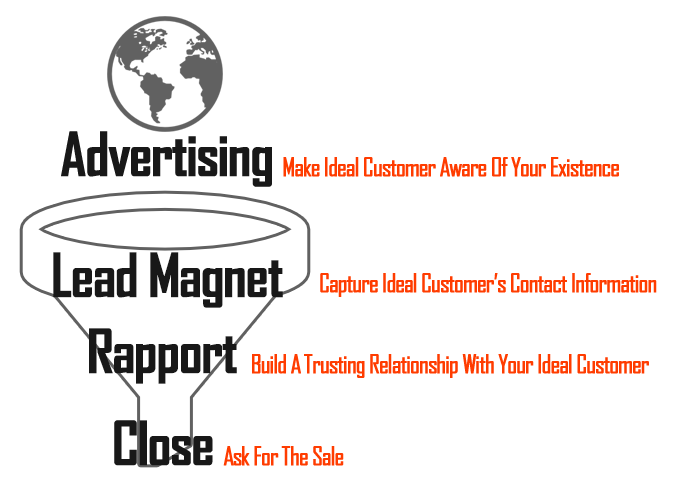
… and it makes sense.
You start with advertising to a large number of people and through the rapport building stage some people “fall out” because they're not interested, not looking to buy, don't care, etc.
Eventually you're left with a handful of people that want to buy your product or service and the “shape” of the flow looks like a funnel.
But then, you're told that something that looks like this is a sales funnel too:
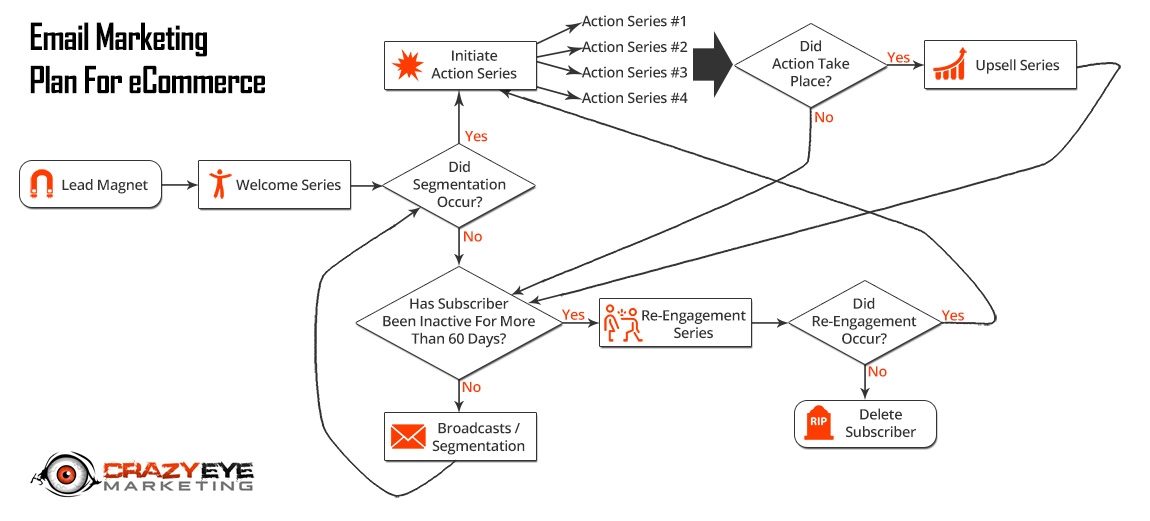
What?!?!?
It looks nothing like a funnel … it looks like some kind of crazy flow chart!
They're All Sales Funnels
The crazy looking flow chart thing is what the inside of a sales funnel looks like.
It's basically the “engine” or “system.”
Through that whole process, you're going to bring people in, you're going to build a relationship – some people are going to “fall out”, some people are going to buy, and some people are going to become repeat customers.
Picture it like this:
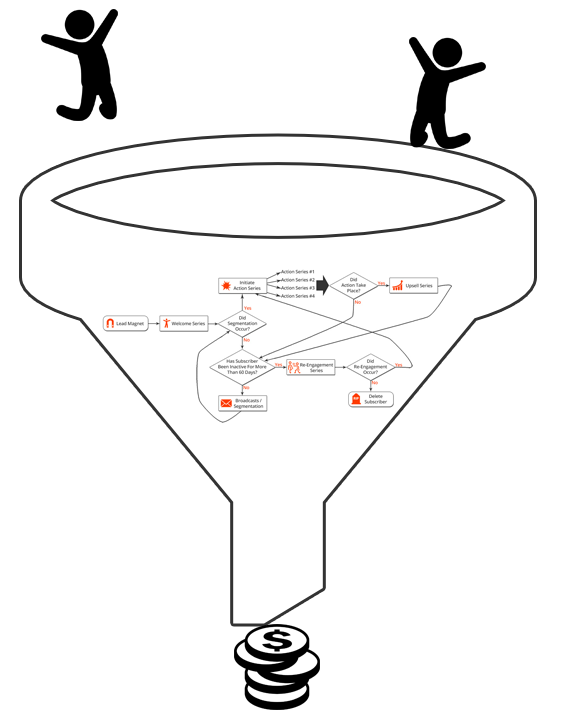
So, whether you hear sales funnel, sales system, automated sales system, or email marketing plan … they're all referring to the same concept.
Hopefully that clarifies things for you and helps you move forward with the implementation of a sales funnel for your business!

